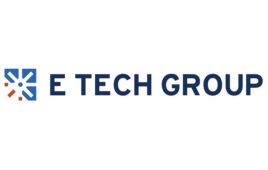
Photo by Jonathan Borba on Unsplash
3. Solid core
Martha credits the company’s surgical business — one of its big three businesses along with pacemakers and spine — with having a strong quarter.
“Those three generate a lot of the cash flow for the company,” Martha said, which provides longer runways for new technologies addressing areas like TAVR to take off. “All three of those are growing at or above the market,” he added. “When one of those three starts to lag, it really hurts. It puts pressure on the company.”
Asked about the competition coming from new players like the spine-dental spinout from Zimmer Biomet, Martha said he believes Medtronic’s technology will help it compete.
“There still are hundreds of competitors,” Martha said, “But you’re starting to see the market consolidate because not everyone can afford [to keep up]. It’s more than just a screw in a rod. Now you’re talking about inter-operative imaging navigation and robotics.” Martha pointed to the company’s recent acquisition of Medicrea, an artificial intelligence-based system for surgical planning and personalized implants.




